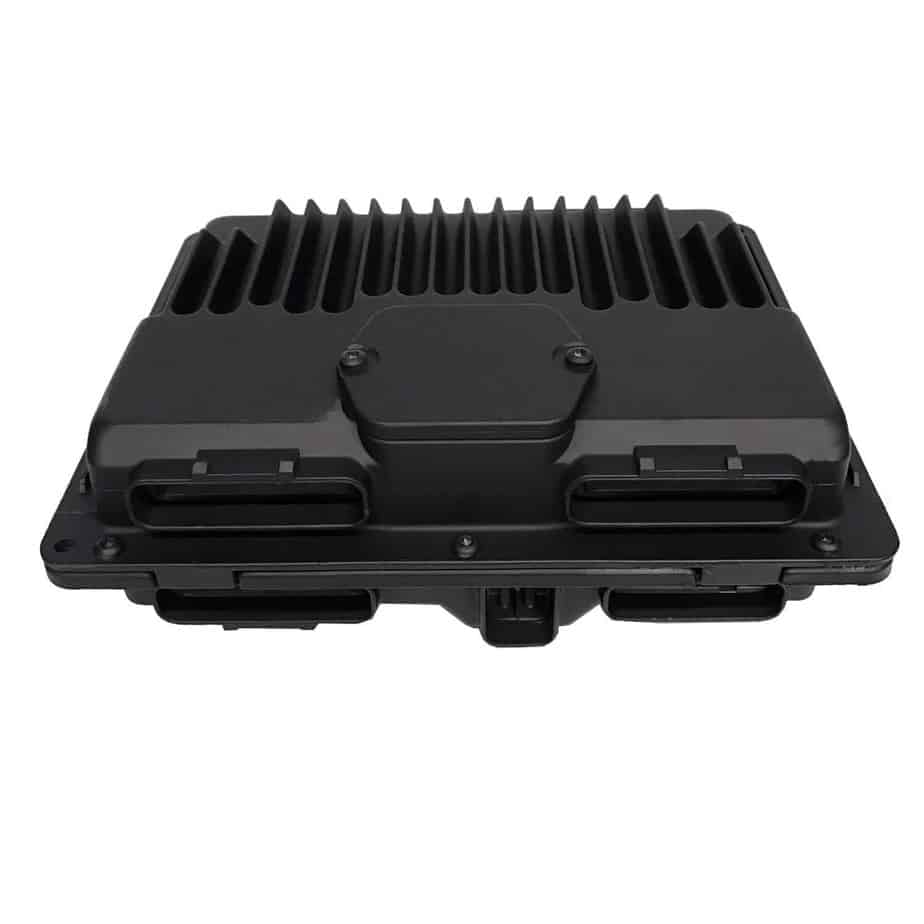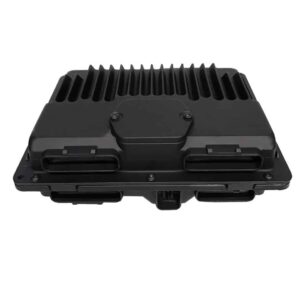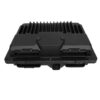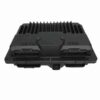Restore Your GM Truck’s Performance and Reliability
Is your 1998 Chevy Blazer, GMC Jimmy, or another compatible GM vehicle acting up? If you’re dealing with frustrating issues like a no-start condition, intermittent stalling, erratic engine behavior, or a persistent Check Engine Light, the problem often traces back to a failing Powertrain Control Module (PCM). As the central computer of your vehicle, a faulty PCM can cause a cascade of problems that are difficult to diagnose. This module is the direct, reliable solution to get your truck or SUV running like it should.
We take the guesswork and hassle out of the repair. Unlike sourcing a part from a junkyard with an unknown history, this PCM is meticulously tested and comes pre-programmed with the latest GM software updates specifically for your vehicle. Simply provide us with your Vehicle Identification Number (VIN) after purchase, and we’ll flash the module before it ships. This ensures it communicates perfectly with your vehicle’s systems right out of the box, eliminating the need for an expensive trip to the dealership for programming. This is the most effective way to restore your vehicle’s core operational integrity.
A Technician’s Notebook
I remember a 1998 GMC Jimmy S15 that came into the shop with a classic “ghost” problem. The owner said it would randomly stall at red lights, but would always start right back up. No consistent Check Engine Light, just unpredictable shutdowns. We checked fuel pressure, ignition components, and sensors—all tested fine. After hours of diagnostics, we decided to monitor the PCM’s internal data stream. We noticed the processor would occasionally drop communication for a split second, just long enough to kill the engine. It was a classic case of internal PCM failure due to age and heat cycles. Swapping in a VIN-programmed module like this one solved the problem instantly. The customer was thrilled to have his reliable daily driver back without the constant worry of stalling in traffic.
Is Your Vehicle Showing These Symptoms?
A failing PCM can manifest in many ways. If you’re experiencing any of the following, it’s a strong indicator that your module may need replacement. Look out for:
- ✔ Complete no-start or no-spark condition.
- ✔ Engine stalls unexpectedly while driving or at idle.
- ✔ Harsh or erratic automatic transmission shifting.
- ✔ Drastically reduced fuel economy for no apparent reason.
- ✔ Check Engine Light is on with internal module codes (e.g., P0601, P0602, P0605, P0606).
- ✔ Communication errors with scan tools.
- ✔ Intermittent issues that seem to have no logical cause.
A Straightforward Guide to Installation
Installing your new 1998 Blazer S10 PCM is a job most DIYers can handle in under 30 minutes with basic hand tools. Follow these steps for a smooth installation:
- Safety First: Always disconnect the negative terminal from your vehicle’s battery to prevent any electrical shorts.
- Locate the PCM: On the 1998 Blazer/Jimmy/S10/Sonoma, the PCM is typically located in the engine bay on the front right (passenger side) fender wall, near the coolant overflow tank.
- Disconnect the Connectors: Carefully unclip and remove the electrical wiring harnesses from the old module. There are usually three large connectors. Inspect them for any corrosion or damage.
- Remove the Old Module: Unbolt the PCM from its mounting bracket. It’s usually held in by a couple of small bolts.
- Install the New Module: Mount your new, pre-programmed PCM onto the bracket and securely fasten the bolts.
- Reconnect Everything: Plug the wiring harnesses back into the new module until they click securely in place. Reconnect your vehicle’s negative battery terminal.
- Final Step (Important): While the module is pre-programmed, some vehicles may require a Crankshaft Position System Variation (CASE) relearn procedure. This can be done with many professional-grade scan tools and synchronizes the new PCM with your engine’s crankshaft sensor for optimal timing and misfire detection.
Verified Vehicle Compatibility
This module, identified by part number 16250279, is a direct-fit replacement for a wide range of GM vehicles. It also replaces alternate part numbers 09366810, 09355699, and 16258815 in specific applications. Please match your original part number or use the list below to confirm fitment for your truck, van, or SUV.
- Chevrolet Astro Van: 1998, 1999
- Chevrolet Blazer S10: 1998 (w/o build date opt ZN4)
- Chevrolet C/K Pickups (1500, 2500, 3500): 1998-1999
- Chevrolet Express Van (1500, 2500, 3500): 1998
- Chevrolet S10 Pickup: 1998 (4.3L, w/o build date opt ZN4)
- Chevrolet Suburban (1500, 2500): 1998-1999
- Chevrolet Tahoe: 1998-1999
- Cadillac Escalade: 1999
- GMC Envoy: 1998 (w/o build date opt ZN4)
- GMC Jimmy S15: 1998 (w/o build date opt ZN4)
- GMC C/K Pickups (1500, 2500, 3500): 1998-1999
- GMC Safari Van: 1998-1999
- GMC Savana Van (1500, 2500, 3500): 1998
- GMC Sonoma: 1998 (4.3L, w/o build date opt ZN4)
- GMC Yukon: 1998-1999
- Isuzu Hombre: 1998 (4.3L, w/o extended build date opt ZN4)
- Oldsmobile Bravada: 1998 (w/o build date opt ZN4)
Frequently Asked Questions
Frequently Asked Questions
Why do you need my VIN?
Your VIN (Vehicle Identification Number) is essential. It allows us to load the exact, correct GM factory software for your vehicle’s specific engine, transmission, and options. This ensures a true plug-and-play installation without compatibility issues.
Is any other programming needed after installation?
The module arrives fully programmed to your VIN. However, on many GM vehicles of this era, a CASE (Crankshaft Position System Variation) relearn is recommended to prevent a false P1336 code and ensure accurate misfire detection. This is a simple procedure that can be performed with most bi-directional scan tools.
Will this fix my transmission shifting problems?
If your shifting problems are caused by faulty electronic signals from the PCM, then yes, this module will resolve them. The PCM controls shift points and line pressure based on sensor inputs, so a failing module is a very common cause of erratic shifting.
Is this a new or used part?
This is a high-quality, tested, and verified component that has been restored to full factory functionality. Each module is thoroughly inspected and programmed with the latest software to ensure it meets or exceeds original performance standards.
What happens if I install it without doing the CASE relearn?
The vehicle will likely run and drive, but the Check Engine Light may illuminate with a code P1336 (Crankshaft Position Variation Not Learned). The engine’s misfire detection system will also be less accurate until the procedure is completed.



